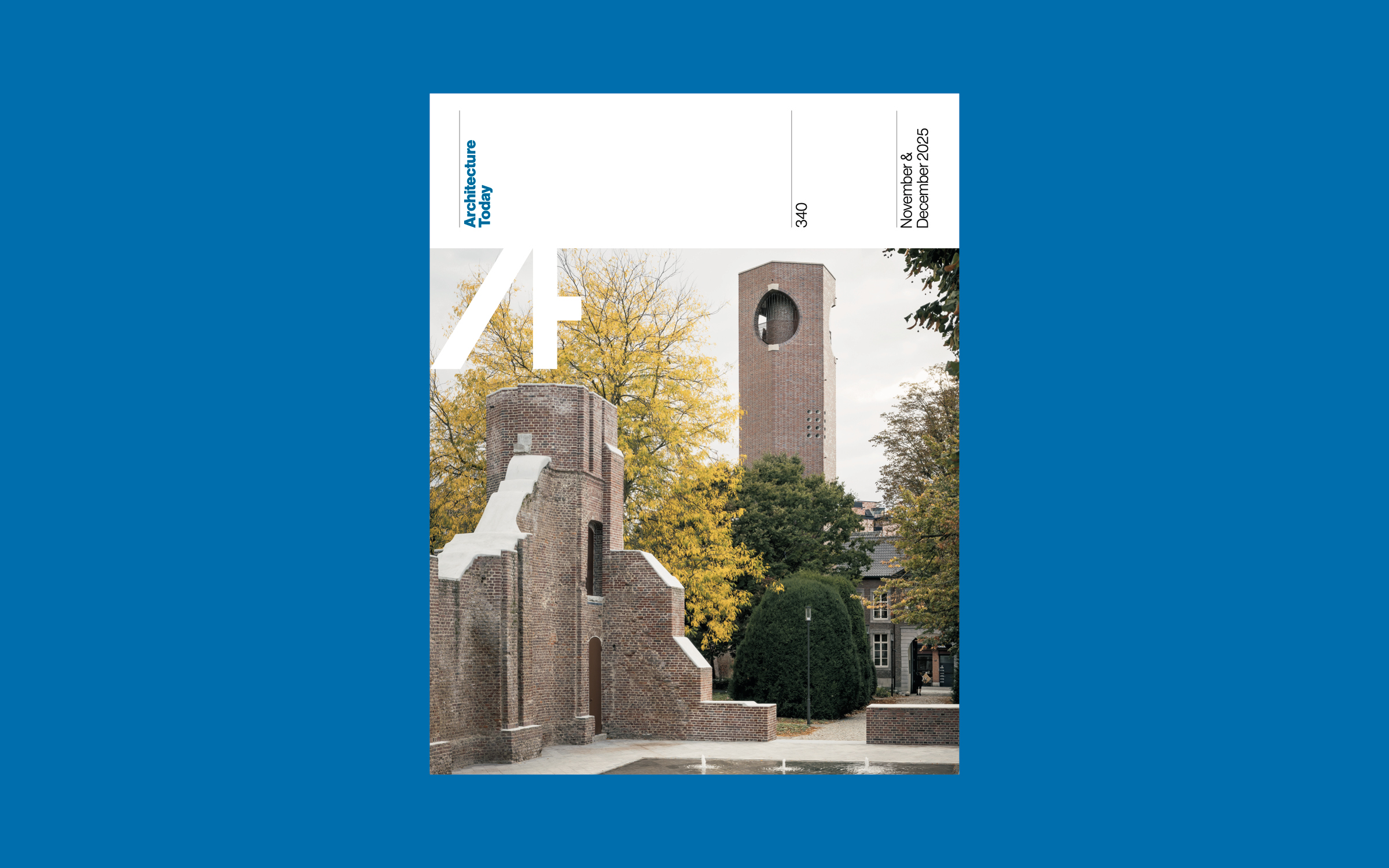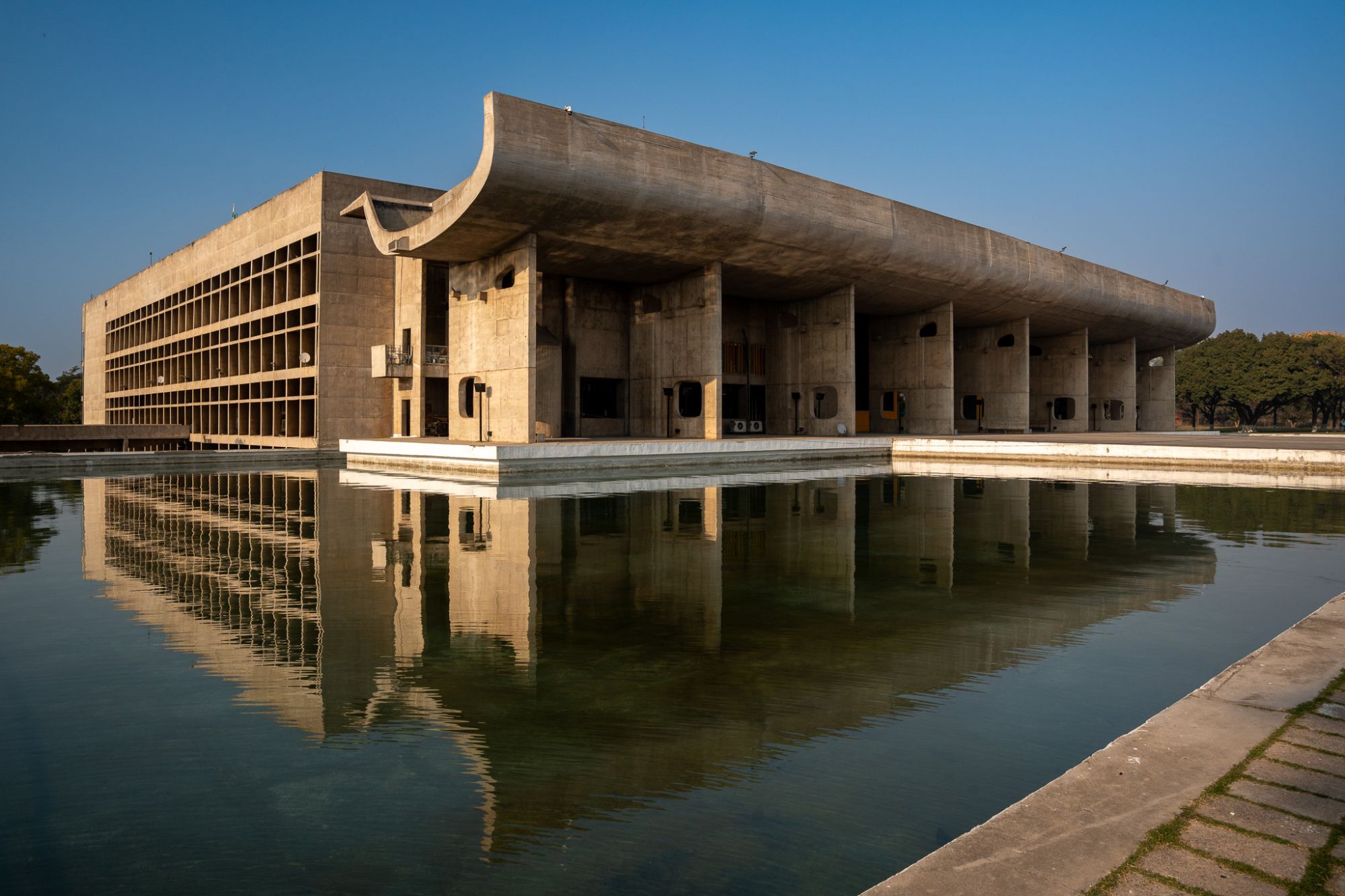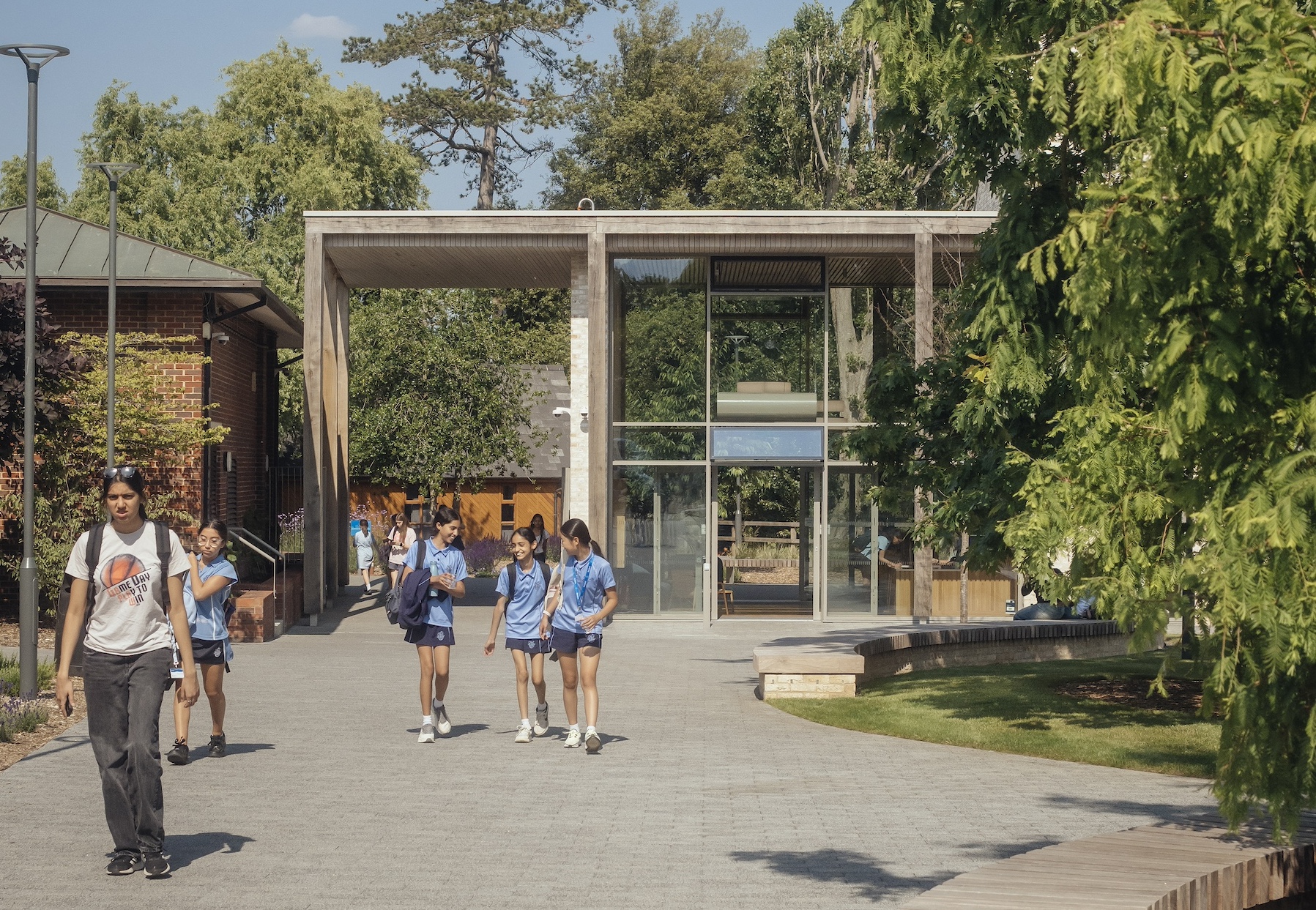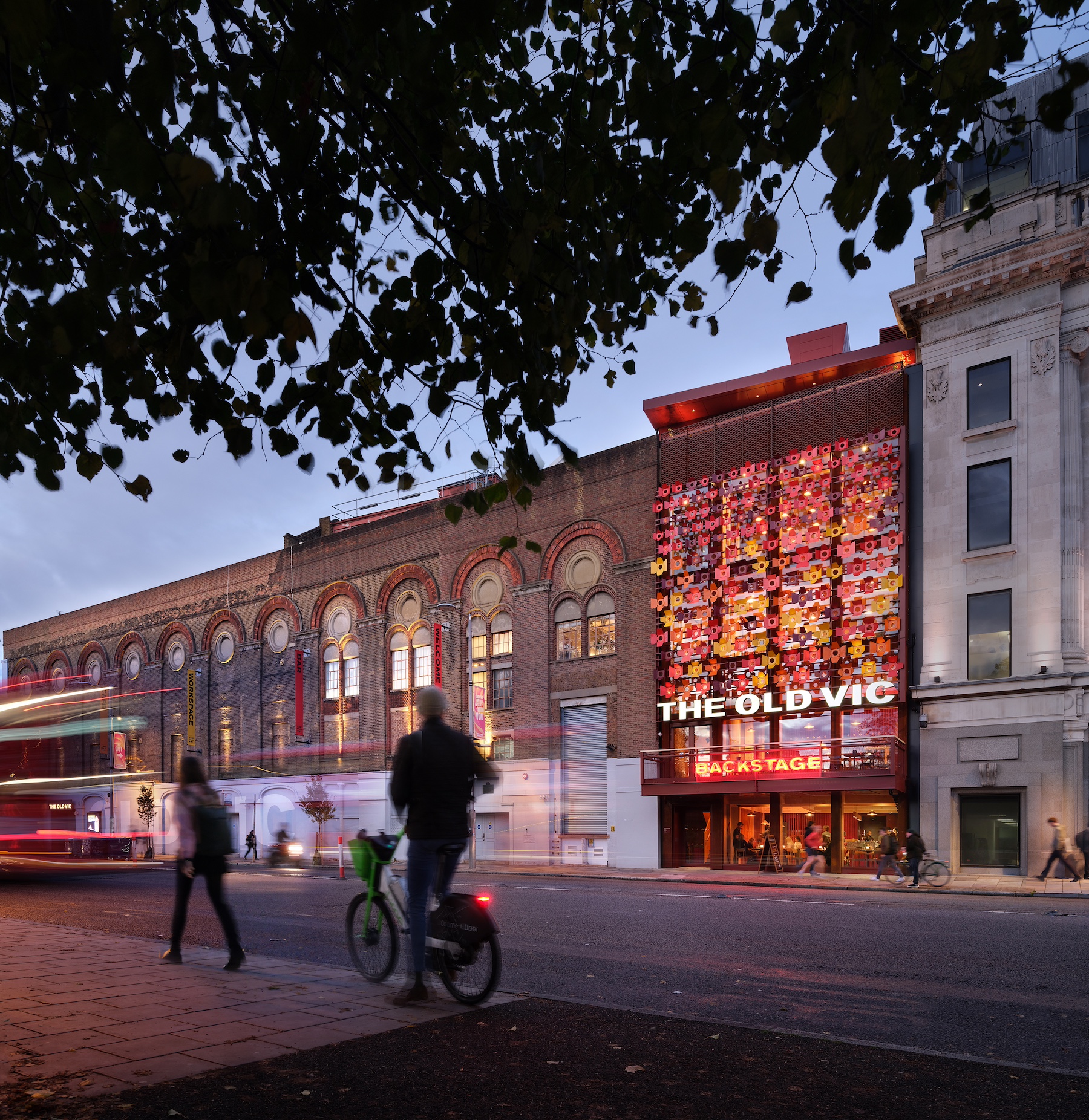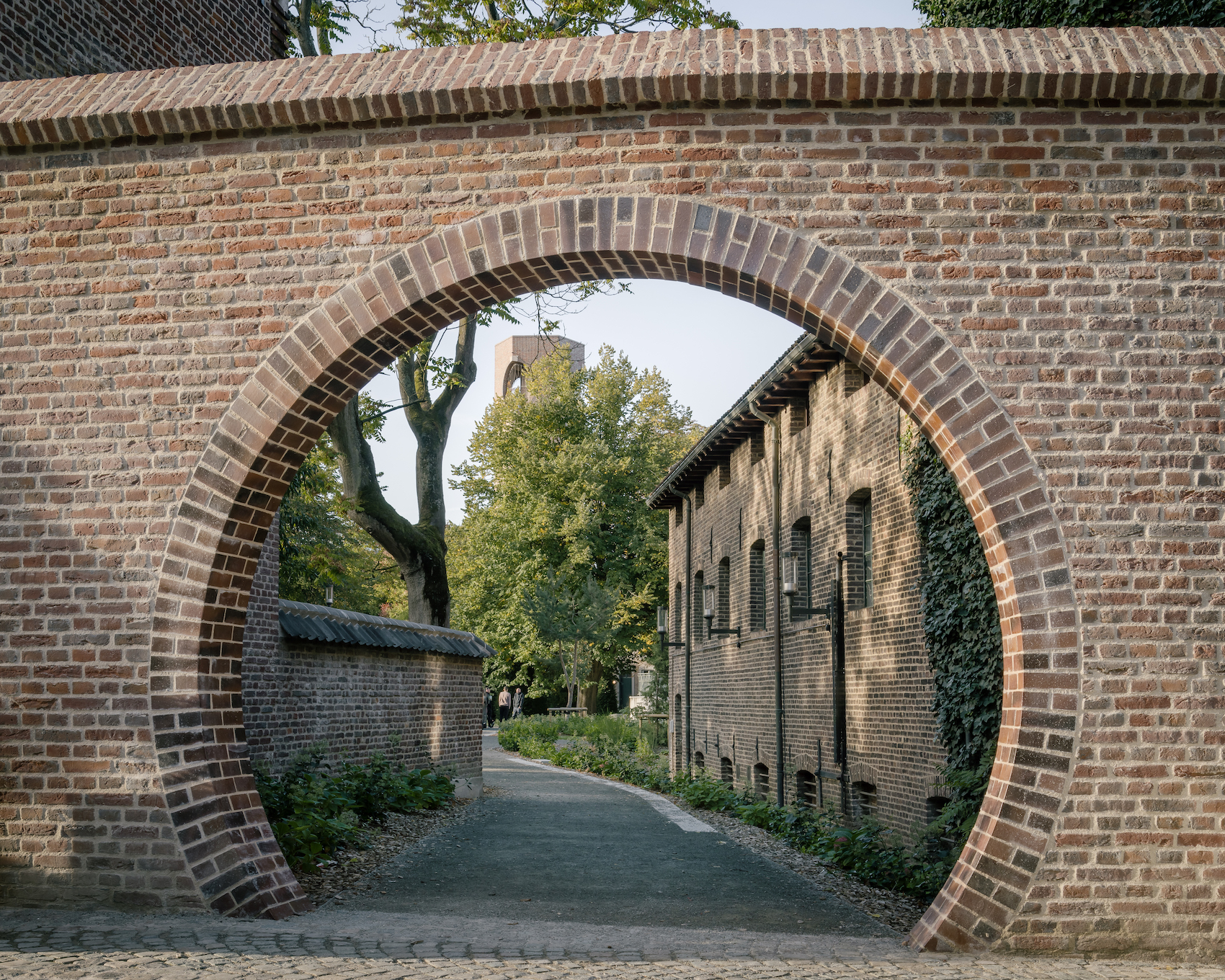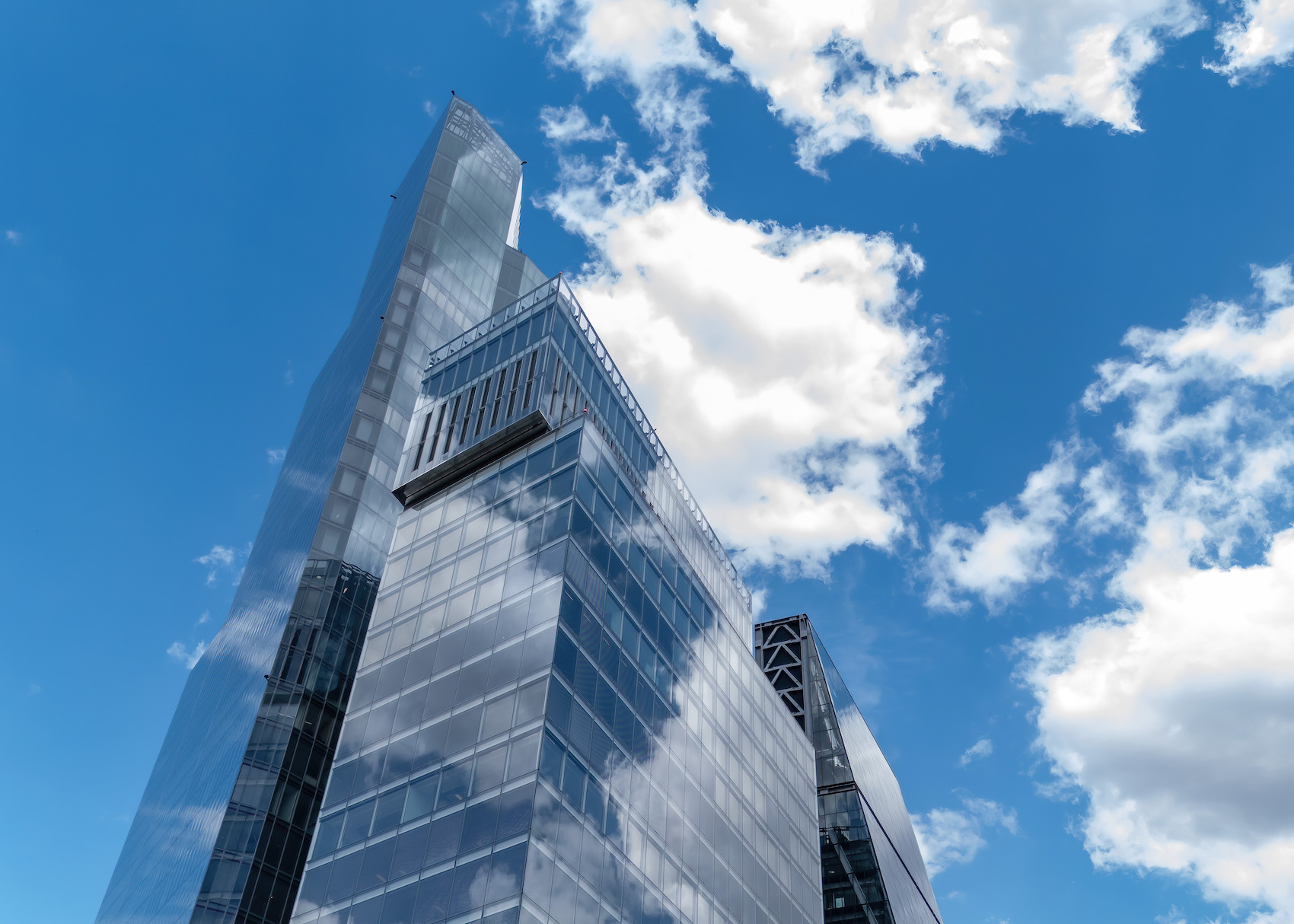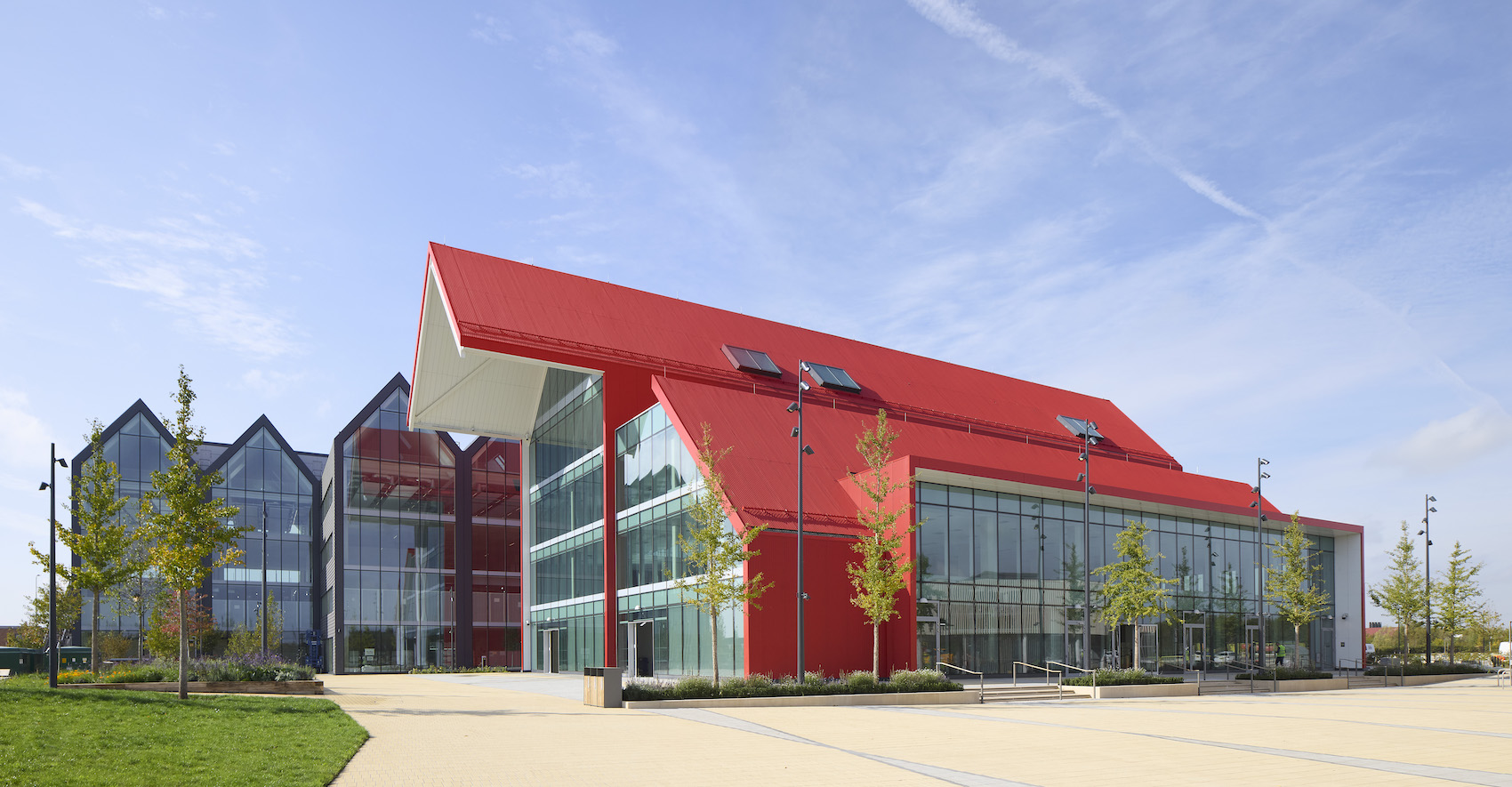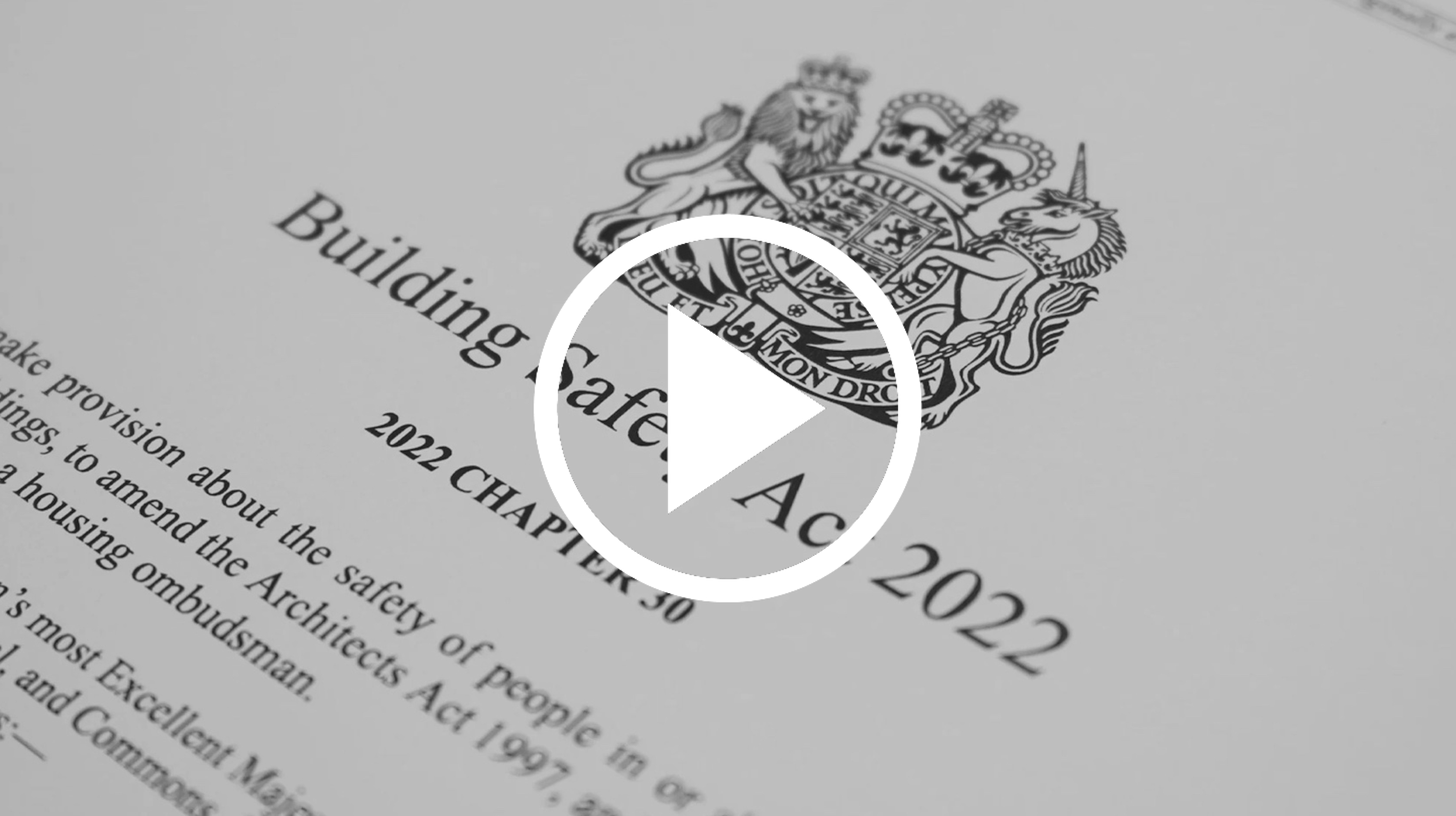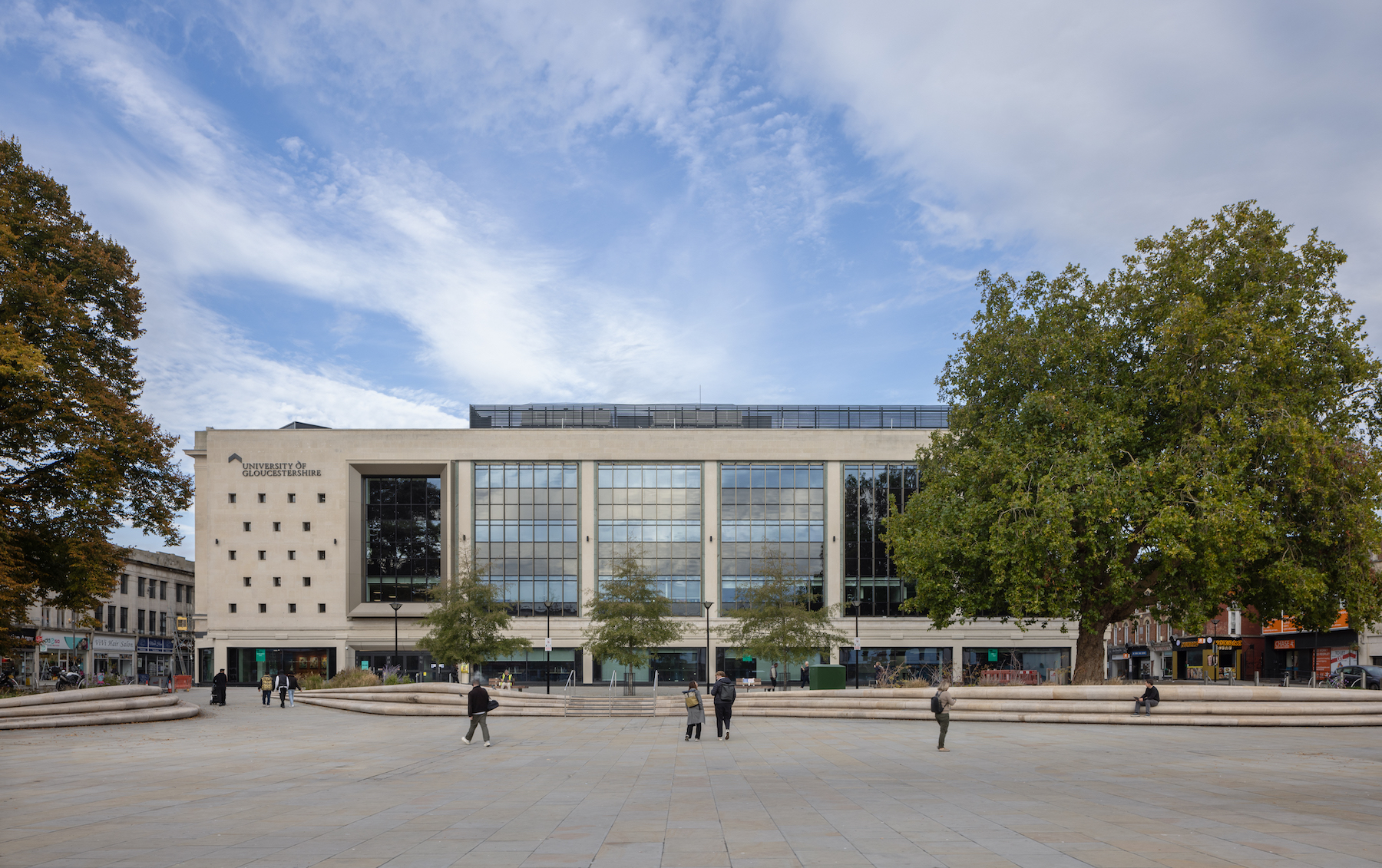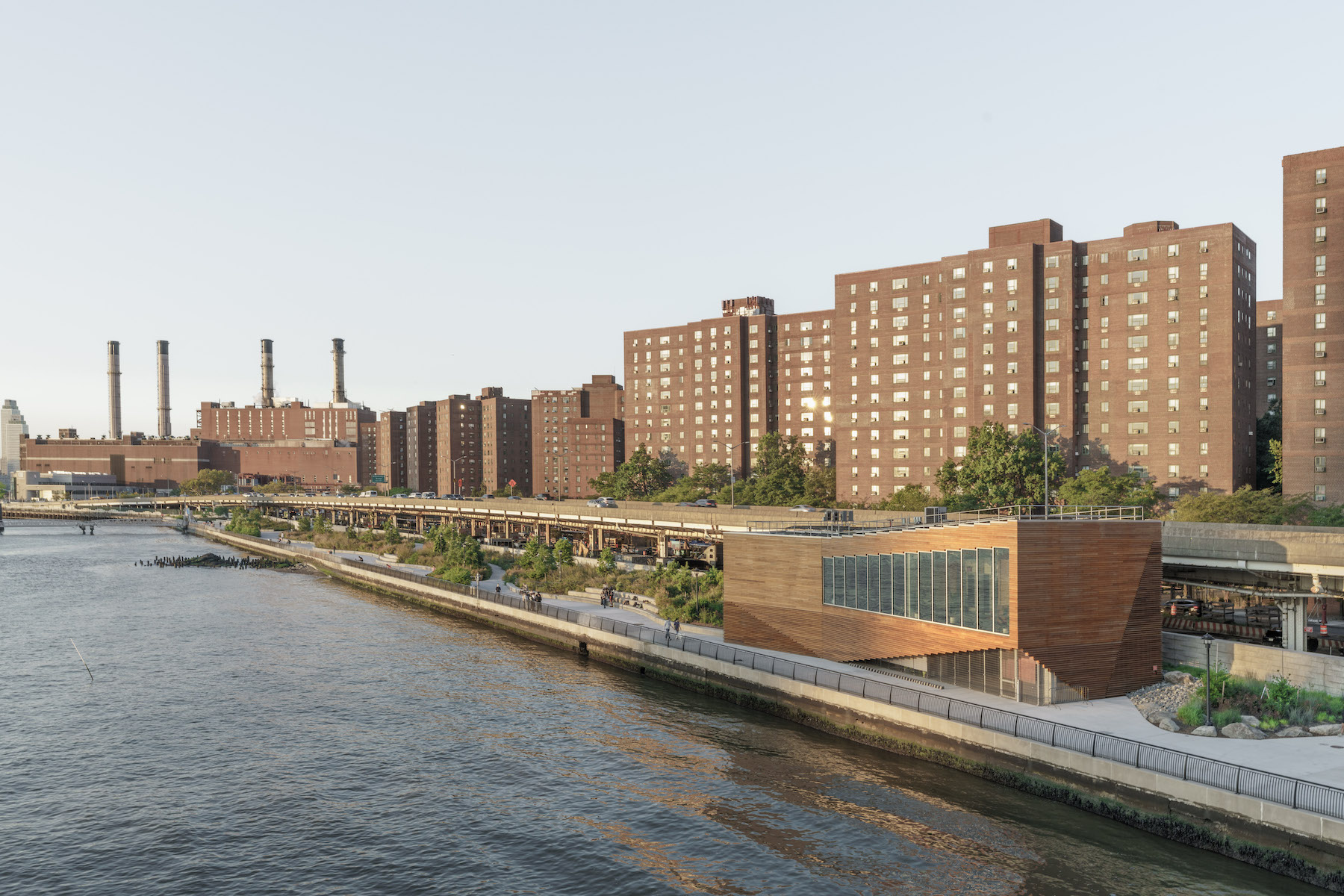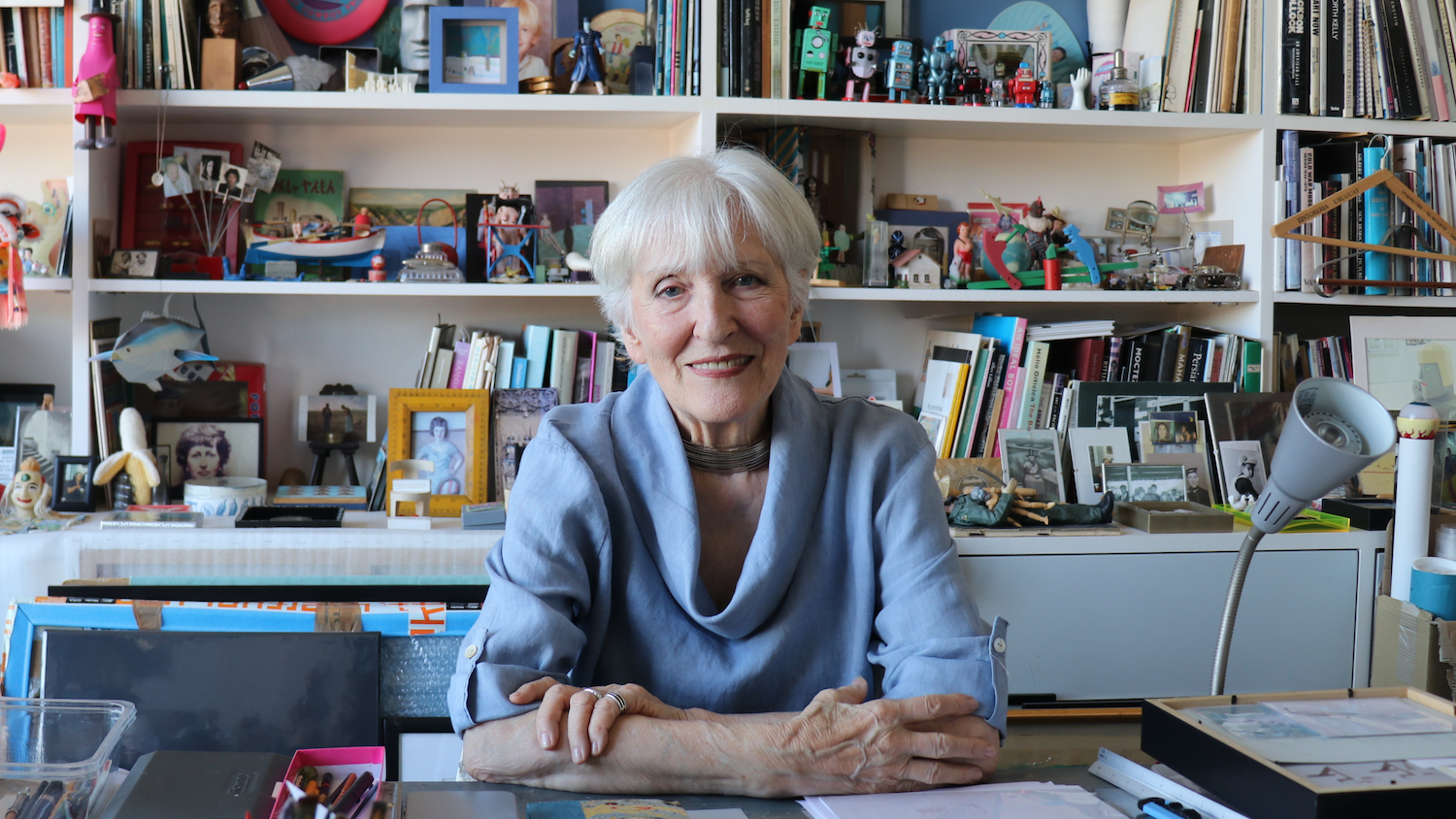Chatillon Architectes’ reinvention of Beauvais’ 1970s tapestry gallery reimagines the cultural site as a layered, flexible destination that connects the Gallo-Roman past with a new civic future.
Paris-based Chatillon Architectes has completed the transformation of the Quadrilatère in Beauvais. First built in 1976, the museum was designed by renowned French architect and furniture designer André Hermant. Chatillon’s work has revitalised the arts centre, amplifying its setting between the Gothic cathedral and Gallo-Roman ruins. Built on the site of a former tapestry factory, the original low-slung concrete structure was a deliberate counterpoint to the cathedral’s verticality, laid out in a series of vaults aligned with the city’s ancient wall.
The renovation reinforces this dialogue between new and old, enhancing visitor flow and accessibility across the building’s six levels while respecting the clarity of Hermant’s formal language. A sculptural triple-height atrium now anchors the interior, with a curved concrete staircase wrapping around an oak handrail that nods to the original balustrades, while a new lift makes the entire site accessible for the first time.
Externally, the project reactivates the relationship between the building and its urban surroundings. A new garden, designed with landscape practice Studio M, links the museum to its cathedral neighbour, while outdoor furniture and terraces take cues from Hermant’s early designs. Inside, the building has been re-equipped to meet modern curatorial demands, including an upgraded lighting system embedded within the original ceiling vaults. A new curved mesh lighting structure improves acoustics and conceals cabling and security systems, allowing the galleries to retain a calm, contemplative atmosphere.
The insertion of a further new elements such as a reception desk, bar, benches and display infrastructure has been handled with restraint, with materials and forms chosen to complement rather than compete with the existing architecture. A key element of the redesign is a new walkway into the previously inaccessible archaeological crypt. Suspended above the ruins in glass, metal and wood, it offers a direct encounter with the city’s buried past while interpretive signage and artefacts uncovered during the renovation line the route, deepening the sense of place.
Chatillon’s overhaul also adds a suite of new public amenities: a flexible auditorium with state-of-the-art equipment, a children’s education space, a café and bookshop that open onto the landscaped garden, and a new interpretation centre focused on architecture and heritage – with these spaces looking to broaden the building’s cultural remit and extend its welcome to a wider audience.
For its reopening, the centre presents four new exhibitions, including “Formes utiles,” an homage to Hermant’s design philosophy.
Credits
Client
City of Beauvais
Lead designer
Chatillon Architectes
Scenography
Agence NC
Landscape designer
Studio M
Lighting designer
ACL
Exhibition and gallery design
MYCELIUM
Acoustic consultant
Acoustique Vivié et Associés



















